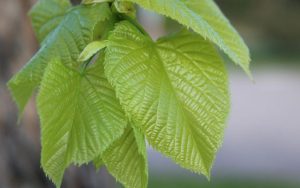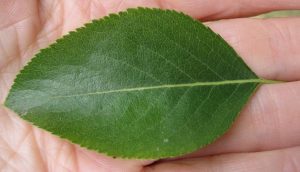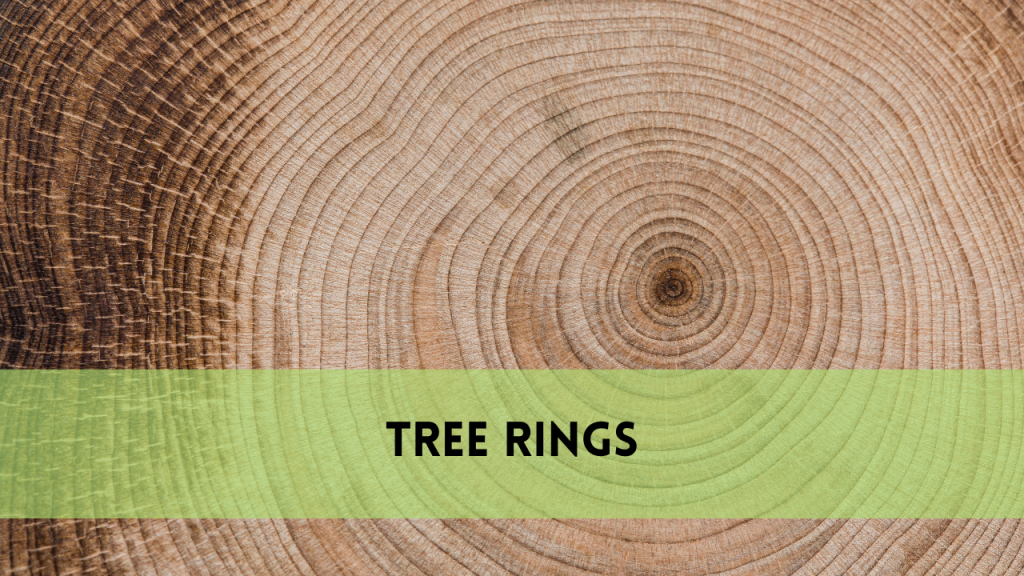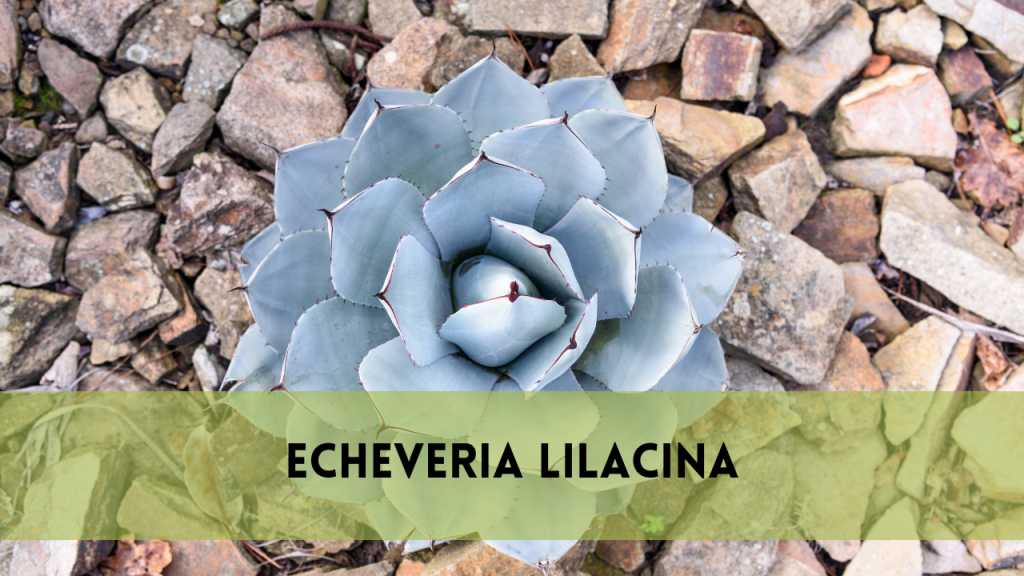Trees with oval leaves
Welcome to the fascinating realm of arborist heights, where the magnificent grandeur of trees with oval leaves awaits your discovery. In this detailed guide, we will go on a trip to discover the mysteries of these extraordinary trees, delving into their various species and the technique of raising them to tower heights. Trees with oval leaves are silent guardians of nature, each leaf conveying stories of perseverance and vitality. These trees, from the iconic maple to the beautiful birch, add a special beauty and refinement to their surroundings. Join us as we explore the essence of arborist heights, where every branch aspires for the sky and every leaf moves to the beat of the wind. Whether you’re an aspiring arborist or a nature lover, expect to be charmed by the beauty of trees with oval leaves and the wonderful world they occupy.
Trees with oval leaves
Exploring Varieties of Trees with Oval Leaves
Trees with oval leaves come in a variety of kinds, each adding its own unique beauty to the scene. The maple tree is one of the most prominent members of this group, known for its brilliant foliage and magnificent autumn colours. Its oval-shaped leaves, with serrated edges and complex veins, offer an air of refinement in any setting.
In contrast, the birch tree oozes elegance with its thin trunk and delicate branches decorated with oval leaves. The birch tree, known for its papery bark and sparkling foliage, represents natural purity and rebirth. Other famous members of this category include the poplar, which stands tall with heart-shaped leaves, and the willow, which has cascading branches with weeping foliage. Each species has its charm, calling lovers to enjoy the beauty of trees with oval leaves in all of their glorious diversity.
The Art of Tree Climbing
Taking on arborist responsibilities requires mastering the art of tree climbing, a wonderful endeavor that combines excitement, expertise, and safety. Arborists ascend into the canopy, entering a realm where nature’s grandeur unfolds in panoramic splendor. Tree climbing techniques are required to navigate the intricate network of branches and foliage, assuring both the climber’s safety and the tree’s survival. From harnessing to rope handling, every part of the climb requires accuracy and competence.
However, beyond the technical components, there is an experience that is more than just physical. Scaling great heights provides a unique perspective, allowing climbers to connect with nature more deeply. The rustle of leaves, the sway of branches, and the symphony of birdsong provide the backdrop for a memorable voyage into the heart of the forest. Embracing arborist heights leads to not just new physical peaks but also a better respect for the interconnection of life within the arboreal domain.
Nutrient-Rich Soil: The Key to Vibrant Foliage
Caring for oval-leaved trees begins with nourishing the soil in which they grow. Creating a nutrient-rich environment is critical for promoting lush foliage and strong development. Soil composition is critical for providing trees with the nutrients they require to thrive.
A well-balanced combination of organic matter, minerals, and microorganisms provides an ideal basis for tree health. Compost, mulch, and organic fertilisers enhance the soil and promote a healthy subsurface ecology. Furthermore, knowing the nutritional requirements of trees with oval leaves enables arborists to modify their care routine accordingly. From nitrogen for leaf development to phosphorus for root growth, each nutrient is essential for the tree’s survival. Arborists ensure that trees with oval leaves receive the care they require to thrive for future generations by prioritising soil health and fertiliser management. Nurturing the soil lays the framework for a healthy arboreal paradise, where beauty blooms and nature’s splendor knows no bounds.
Sculpting Beauty: Pruning Essentials
Pruning is a vital part of keeping oval-leaved trees healthy and attractive. Arborists can shape trees, promote healthy growth, and reduce potential hazards by pruning branches and leaves judiciously.
Pruning requires precise timing. Performing this task during the dormant season, normally in late winter or early spring, reduces stress on the tree and the possibility of disease transmission.
Pruning requires the use of sharp, clean equipment to produce exact cuts. Removing dead, diseased, or crossing branches improves ventilation and sunlight penetration, benefiting the tree’s general health.
Furthermore, selective pruning can correct structural flaws and produce a balanced canopy, lowering the danger of limb failure during stormy weather.
Regular maintenance checks are also required to monitor the health of the tree and solve any faults as soon as possible. Arborists may ensure that trees with oval leaves stay lively and durable for many years by including pruning and maintenance in a thorough care programme.
Safeguarding Against Threats
Like all living beings, trees with oval leaves are vulnerable to various pests and illnesses that can impair their health and vitality. Recognising the symptoms of an infestation or infection is critical for implementing prompt and successful management techniques. Aphids, scale insects, and caterpillars are common pests that attack oval-leaved trees, feeding on foliage and sap and gradually weakening them. Furthermore, fungal infections like powdery mildew and anthracnose can cause ugly sores and decrease overall vigour. To protect against these hazards, arborists use a combination of cultural, mechanical, and chemical controls. These may include regular inspections, adequate sanitary measures, and the use of horticultural oils or pesticides as needed. Furthermore, improving tree health through adequate wateringfertilisationon, and pruning can increase their resistance to pests and diseases.
Arborists can maintain the beauty and lifespan of oval-leaved trees by remaining diligent and proactive in pest and disease management, ensuring that they thrive in their natural environments.
FAQS
Q: How frequently should I water oval-leafed trees?
A: The type of soil and the climate are two factors that affect how frequently to water. In general, aim for deep, infrequent watering to promote deep root development.
Q: What are some common insect infestation indicators in trees with oval leaves?
A: Keep an eye out for drooping leaves, odd patches, or aberrant growth patterns, which may indicate a pest infestation. Regular inspections can assist in detecting and addressing concerns as they arise.
Q: Can trees with oval leaves flourish in urban areas?
A: Many types of trees with oval leaves are adaptable to urban environments, provided they receive proper care and environmental considerations.
Q: How can I enhance biodiversity in my yard by planting trees with oval leaves?
A: Plant a variety of tree species with oval leaves to attract wildlife and create a vibrant ecosystem in your garden or landscape.
Q: Are there any endangered species of trees with oval leaves?
A: Yes, several kinds of trees with oval leaves are endangered owing to habitat loss and environmental deterioration. Conservation measures are critical to ensuring their continued existence.
Conclusion
Finally, the world of towering heights and trees with oval leaves is a wonderful voyage full of wonder and discovery. As we’ve looked at the various types, climbing tactics, maintenance practices, and pest management strategies, it’s clear that these trees have a unique place in the hearts of nature lovers and arborists alike. Understanding the complexities of nurturing and sustaining oval-leaved trees not only benefits their health but also fosters a stronger relationship with nature. Whether soaring new heights, molding their beauty through pruning, or protecting against threats, each step helps to ensure that these majestic trees continue to shine for future generations. So, let us continue to appreciate the majesty of arborist heights and the beauty of trees with oval leaves, for they are more than just a feature of our environment; they are crucial guardians of our planet’s biodiversity and natural history. In their shadow, we find serenity, refuge in their branches, and encouragement to care for and revere the soil.





